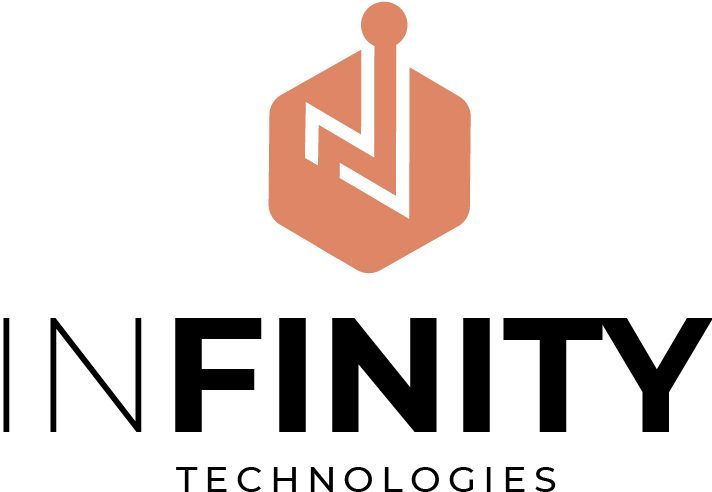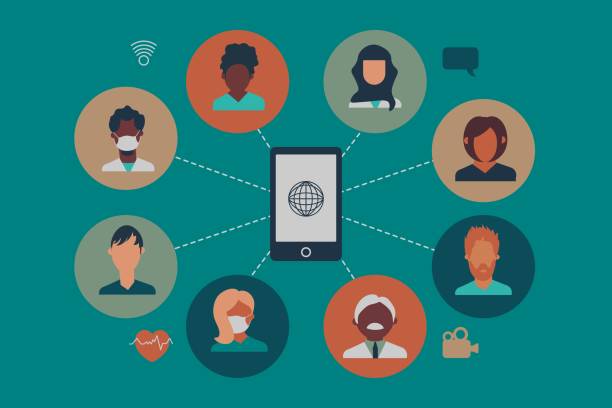Communities surround us. We are part of many different communities, including those made up of friends, family, or common interests. Online communities are virtual versions of in-person communities.
This post can help you understand if you are new to an online community or if you want a refresher.
What is an online community?
Most likely, you’re a part of at least one online community. It could be NextDoor (for neighborhoods), a Facebook group, or a LinkedIn group based on a shared interest or value. A sub-Reddit devoted to a particular topic might be considered a community. Sometimes, the concept of an online community can seem abstract.
Community is built in person, right? How can an online army of strangers make a client feel seen? Take a look here before you start looking for examples.
An Internet community is, at its core, a group of individuals who share a common interest or purpose and use the Internet as a means to communicate. Online communities have a set of rules and requirements, such as online engagement mod, operations, and management.
We’ll be focusing on a very important type of online community today: Branded communities or communities that run organizations.
What is a Branded Online Community (BOC)?
A brand online community brings people together to share a common experience or purpose. This allows for online collaboration and growth.
We’re talking here about a community that you would create online to connect members, customers, or employees of your company, as well as partners.
Accept Advertisement Cookies to view the content.
These communities are a major part of the customer experience. They open up communication and break down the one-way information exchange.
Are you curious to know more about communities and their benefits? Online Community 101 is a good place to begin.
What makes online community platforms different from Facebook groups or LinkedIn groups?
People who do not work with platforms for online communities every day can easily confuse the term “online community” with the buzzwords that surround social networks, media, and strategies.
The differences between public social media networks like Facebook and LinkedIn groups, as well as branded online communities, are one of the biggest confusions for those who are new to online community software.
Consider the following: While an average user may “spend time” casually on a social network that is public or personal, members of private communities often invest time with a deliberate mindset. They are able to take advantage of the opportunity to engage in a community-specific organization for their personal or professional development.
These platforms have many similarities, such as the goal of connecting people on the Internet, but they also differ greatly in terms of functionality and behavior.
Users need to be comfortable with their privacy and feel like they belong to the community. Social media platforms and open-source solutions are often used to disseminate information about sharing expertise. We recommend a proprietary platform for a number of reasons.
More Control: You are subject to all changes made by the social media platform or open-source solution. In other words, you have no control over what happens.
More Security: It’s the job of community vendors to prioritize privacy. You have limited control over your privacy and that of your members when you use a Facebook Group or LinkedIn Group.
More Data: A social media platform allows them to gain valuable data about your customers and members that you would not have access to. You can access all this data if you start your online community. This will help you better understand your customers and create a more curated experience.
More Community Management Tools With a platform such as Higher Logic, engagement tools have been built-in, designed specifically to help you create a compelling experience.
Branded Online Communities in Practice
After community members have logged in for the very first time (you could make a brand community easily accessible through a website), there are many ways they can get involved, including:
A community online is more than just software. It’s about creating a place for real people. Your community can be the virtual town hall for your organization or serve to provide recognition, support, and connections when your members or customers need them most.
Community engagement is a way to support the success of every member by allowing them to access the knowledge and values of the whole community. Inspires loyalty by supporting their work. It introduces people to innovative ideas, encourages the use of products and services, and quickly surfaces changing needs.” – 2020 State of Community Management Report
Hybrid Communities that are partially public but require login to access the full functionality.
Learn more about the differences between a good online community and a bad one after you’ve learned about the seven types.
Great Online Communities are Built on Engagement and Empowered Community Support
All communities are not the same. They come in different shapes and sizes to suit the unique needs of the members and organizations.
It would be best if you considered the entire community when you are trying to attract people to your website. How will the members benefit, and how inclusive is it?
Answer this question: Why is your online community there? The answer will influence your tactics and strategies for achieving high engagement.
Imagine your community is for a group of people with a purpose. If you’re building a community of people who use the same tool or product, then your goal is to educate and network. If you create a community for a local group of cyclists, it could be used to plan events, connect with other cyclists, and promote bike safety. Any society will function best when the interactions are simple, intuitive, and secure.
Great Online Communities Are Vibrant and Multidimensional
A vibrant community is vibrant, multidimensional, and different. It thrives due to the people that are a part of it. It can be overwhelming to bring people together who are unpredictable, diverse, and creative. This doesn’t need to be overwhelming – in fact, this unique group of people will usually advance your organization.
Your community will benefit from communication that is more open and inclusive. You can inspire meaningful connections and engagement by tapping into people’s unique perspectives.
You’ll likely find that those who feel that they are a vital part of the community due to their unique contributions will also be the most loyal. This cycle of distinctness, which involves allowing people to express their unique qualities and influence others, is one way that a community can improve an organization’s communication and growth.




